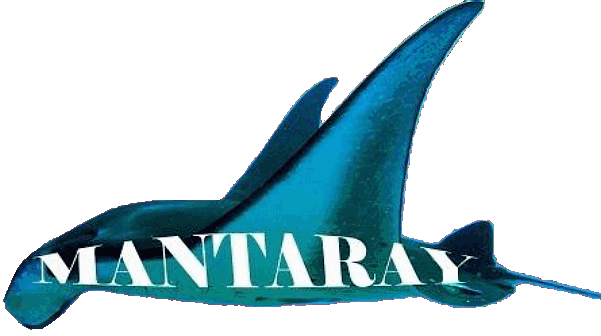|
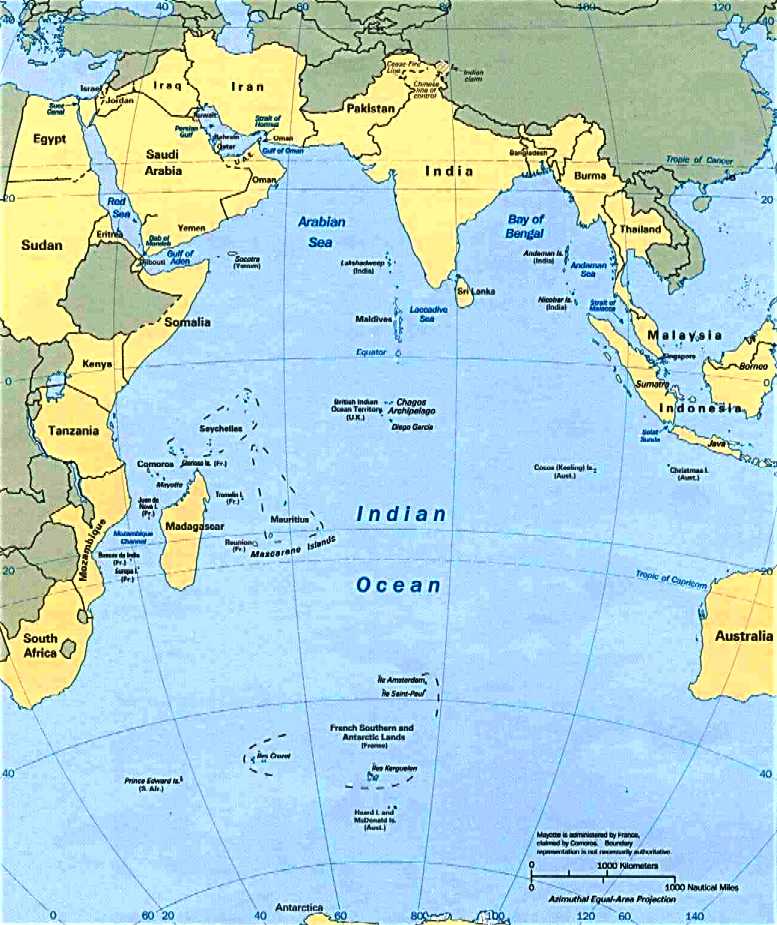
The Indian Ocean is the third largest of the world's oceanic divisions, covering approximately 20% of the water on the Earth's surface. It is bounded by Asia
- including India, after which the ocean is named - on the north, on the west by Africa, on the east by
Australia, and on the south by the Southern Ocean (or, depending on definition, by Antarctica.)
As one component of the World Ocean, the Indian Ocean is delineated from the Atlantic Ocean by the 20° east meridian running south from Cape Agulhas, and from the Pacific Ocean by the meridian of 146°55' east. The northernmost extent of the Indian Ocean is approximately 30° north in the Persian Gulf. The ocean is nearly 10,000 km (6,200 mi) wide at the southern tips of Africa and Australia, and its area is 73,556,000 km² (28,350,000 mi²), including the Red Sea and the Persian Gulf.
The ocean's volume is estimated to be 292,131,000 km³ (70,086,000 mi³). Small islands dot the continental rims. Island nations within the ocean are Madagascar (the world's fourth largest island), Comoros, Seychelles, Maldives, Mauritius, and Sri Lanka. The archipelago of Indonesia borders the ocean on the east.
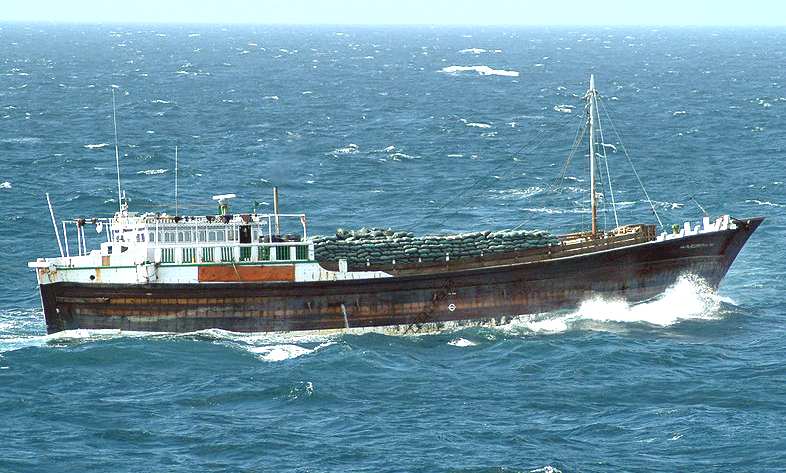
MAJOR
PORTS
The Port of
Singapore is the busiest port in the Indian Ocean, located in Strait of Malacca where it meets the Pacific. Mumbai Port is the chief trading port in India on the coast of the Indian Ocean, often known as "The Gateway of India". A new port has been developed near Mumbai known as the Jawaharlal Nehru Port Trust (JNPT) or more popularly known as Nhava Sheva to reduce the burden on Mumbai. It is amongst world's top 10 fastest growing
ports.
Mormugao Port and Panambur (New Mangalore Port) handle most of the Iron Ore export from India especially to Japan. Kochi is another major Indian port on the Arabian Sea. It is a deep natural harbour and is known as "The Queen of the Arabian
Sea". Other major South Asian ports include Chittagong in Bangladesh, Colombo, Hambantota and Galle in Sri Lanka, Kolkata, Visakhapatnam, Paradip Port, Chennai, Ennore, Tuticorin, and Nagapattinam in India, and Karachi in Pakistan. Aden is a major port in Yemen and controls ships entering the Red Sea.
Major African ports on the shores of the Indian Ocean include: Mombasa (Kenya), Dar es Salaam, Zanzibar (Tanzania), Durban, East London, Richard's Bay (South Africa), Beira (Mozambique), and Port Louis (Mauritius). Zanzibar is especially famous for its spice export. Other major ports in the Indian Ocean include Muscat (Oman), Yangon (Burma), Jakarta, Medan (Indonesia) and Perth (Australia), Dubai
(UAE).
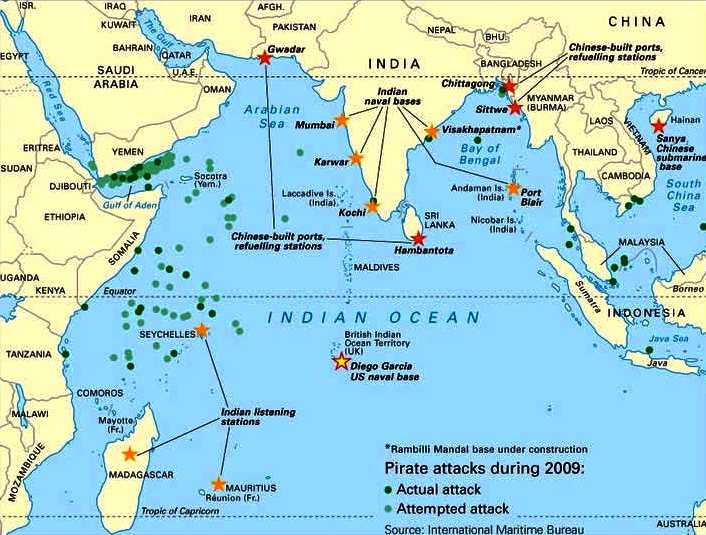
GEOGRAPHY
The African, Indian, and Antarctic crustal plates converge in the Indian Ocean at the Rodrigues Triple Point. Their junctures are marked by branches of the mid-oceanic ridge forming an inverted Y, with the stem running south from the edge of the continental shelf near Mumbai, India. The eastern, western, and southern basins thus formed are subdivided into smaller basins by ridges.
The ocean's continental shelves are narrow, averaging 200 kilometres (125 mi) in width. An exception is found off Australia's western coast, where the shelf width exceeds 1,000 kilometres (600 mi). The average depth of the ocean is 3,890 m (12,762 ft). Its deepest point is Diamantina Deep in Diamantina Trench, at 8,047 m (26,401 ft) deep; also sometimes considered is Sunda Trench, at a depth of 7,258–7,725 m (23,812–25,344 ft). North of 50° south latitude, 86% of the main basin is covered by pelagic sediments, of which more than half is globigerina ooze. The remaining 14% is layered with terrigenous sediments. Glacial outwash dominates the extreme southern latitudes.
The major choke points include Bab el Mandeb, Strait of Hormuz, the Lombok Strait, the Strait of Malacca and the Palk Strait. Seas include the Gulf of Aden, Andaman Sea,
Arabian Sea, Bay of
Bengal, Great Australian Bight, Laccadive Sea, Gulf of Mannar, Mozambique Channel, Gulf of Oman, Persian Gulf, Red Sea and other tributary water bodies. The Indian Ocean is artificially connected to the Mediterranean Sea through the
Suez Canal, accessible via the Red Sea.


INDIAN
OCEAN CLEANUP PROPOSALS
We
have been contacted by a number of organizations with a view to cleaning
up the Ganges, when we have explained that our RiverVax concept is not at
an advanced enough stage that we feel we could offer these craft for sale
with a definite delivery date. We have also been contacted by a
humanitarian group (June 2016) seeking proposals to clean up the Indian
Ocean and another organization wanting to focus on the Maldives
group of Islands in relation to plastic pollution and processing.
While
we are presently crowd funded to help us reach Phase II of our
SeaVax
development project, the sums we have been granted will not allow us to
accelerate development such that a full size vessel will be in the water
by 2018. It would take something like £7 million pounds to make this a
reality much before this, aiming for a late 2017 launch - and to achieve that
we would need to employ subcontractors to produce component parts to our
design. Whereas, at the moment, doing virtually everything in-house,
we need only to raise sums in the region of £2 million pounds to see us
through 2017 with further cash injections as may be identified to overcome
specific issues as yet unknown. The lower investment scale of development
is likely to mean a 2018 or 2019 launch.
Potential
investors, whether crowd fund contributors or responsible corporations,
should also bear in mind that should an operation commence to clean up the
Indian Ocean, that currents from the Atlantic
and Pacific oceans will both invade and
benefit from efforts aimed at the Indian Ocean. We can though suggest a
plan to benefit this locality specifically should any government or
organization be interested.
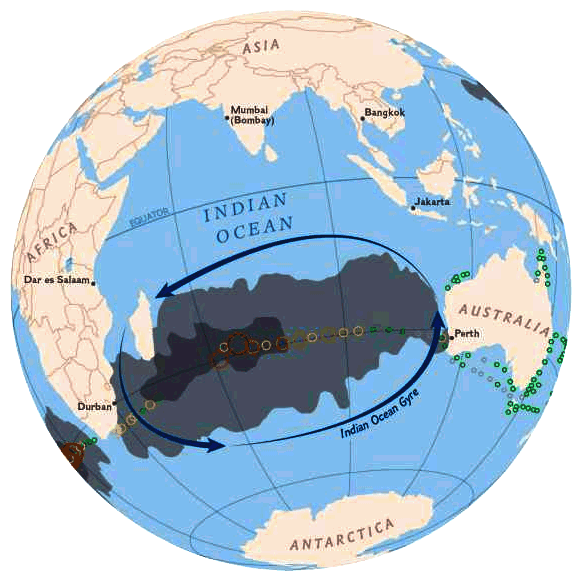

BREXIT
2016
Where
we do not benefit from (nor qualify for) European grants such as Horizon
2020, should the United Kingdom leave the European Union, our status
will not be affected, save only where exchange rates may put us at a
disadvantage in purchasing materials and components overseas.
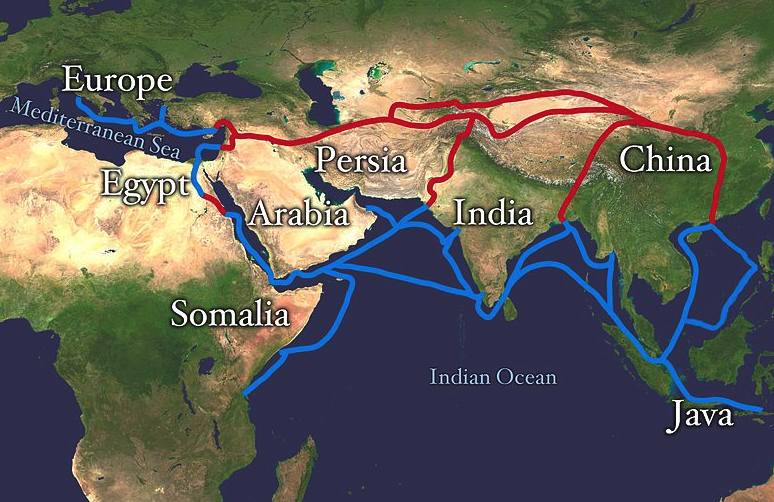
PIRATES
Piracy off the coast of
Somalia has been a threat to international shipping since the second phase of the Somali Civil War in the early 21st century. Since 2005, many international organizations, including the International Maritime Organization and the World Food Programme, have expressed concern over the rise in acts of piracy. Piracy has impeded the delivery of shipments and increased shipping expenses, costing an estimated $6.6 to $6.9 billion a year in global trade according to Oceans Beyond Piracy (OBP). According to the German Institute for Economic Research (DIW), a veritable industry of profiteers has also risen around the piracy. Insurance companies, in particular, have profited from the pirate attacks, as insurance premiums have increased significantly.
A United Nations report and several news sources have suggested that piracy off the coast of Somalia is caused in part by illegal fishing. According to the DIW and the U.S. House Armed Services Committee, the dumping of toxic waste in Somali waters by foreign vessels has also severely constrained the ability of local fishermen to earn a living and forced many to turn to piracy instead. 70 percent of the local coastal communities "strongly support the piracy as a form of national defense of the country's territorial waters", and the pirates believe they are protecting their fishing grounds and exacting justice and compensation for the marine resources stolen. Some reports have suggested that, in the absence of an effective national coast guard following the outbreak of the civil war and the subsequent disintegration of the Armed Forces, local fishermen formed organized groups in order to protect their waters. This motivation is reflected in the names taken on by some of the pirate networks, such as the National Volunteer Coast
Guard. However, as piracy has become substantially more lucrative in recent years, other reports have speculated that financial gain is now the primary motive for the pirates.
Combined Task Force 150, a multinational coalition task force, took on the role of fighting piracy off of the coast of Somalia by establishing a Maritime Security Patrol Area (MSPA) within the Gulf of Aden. The increasing threat posed by piracy has also caused concern in India since most of its shipping trade routes pass through the Gulf of Aden. The Indian Navy responded to these concerns by deploying a warship in the region on 23 October 2008. In September 2008,
Russia announced that it too would join international efforts to combat piracy. Some reports have also accused certain government officials in Somalia of complicity with the pirates, with authorities from the Galmudug administration in the north-central Hobyo district reportedly attempting to use pirate gangs as a bulwark against Islamist insurgents from the nation's southern conflict zones. However, according to UN Secretary-General Ban Ki Moon, both the former and current administrations of the autonomous Puntland region in northeastern Somalia appear to be more actively involved in combating piracy. The latter measures include on-land raids on pirate hideouts, and the construction of a new naval base in conjunction with Saracen International, a UK-based security company. By the first half of 2010, these increased policing efforts by Somali government authorities on land and international naval vessels at sea reportedly contributed to a drop in pirate attacks in the Gulf of Aden from 86 a year prior to 33, forcing pirates to shift attention to other areas such as the Somali Basin and the wider Indian Ocean. By the end of 2011, pirates managed to seize only four ships off of the coast of Somalia; 18 fewer than the 26 they had captured in each of the two previous years. They also attempted unsuccessful attacks on 52 other vessels, 16 fewer than the year prior. As of 8 July 2013, the pirates were holding 1 large ship and an estimated 54 hostages.
According to another source, there were 151 attacks on ships in 2011, compared to 127 in 2010 - but only 25 successful hijacks compared to 47 in 2010. 10 vessels and 159 hostages were being held at February 2012. In 2011, pirates earned $146m, an average of $4.87m per ship. An estimated 3,000 to 5,000 pirates operated; by February 2012 1,000 had been captured and were going through legal processes in 21
countries. According to the European Union Naval Force (EU NAVFOR), intensified naval operations had by February 2012 led to a further drop in successful pirate attacks in the Indian Ocean, with the pirates' movements in the region at large also significantly constrained. 25 military vessels from the EU and NATO countries, the United States, China, Russia, India and Japan patrolled approximately 8.3m km2 (3.2m sq miles) of ocean, an area about the size of Western Europe. On 16 July 2012, the European Union launched a new operation, EUCAP Nestor. An analysis by the Brussels-based Global Governance Institute urged the EU to commit onshore to prevent piracy. By September 2012, the heyday of piracy in the Indian Ocean was reportedly over. Backers were now reportedly reluctant to finance pirate expeditions due to the low rate of success, and pirates were no longer able to reimburse their creditors. According to the International Maritime Bureau, pirate attacks had by October 2012 dropped to a six-year low, with only 1 ship attacked in the third quarter compared to 36 during the same period in 2011.
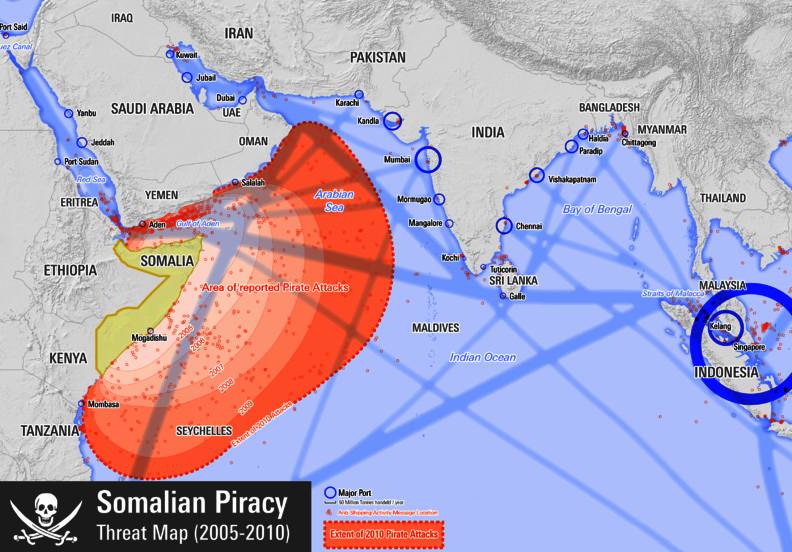
TABLE
OF PIRACY EVENTS
Somali pirates have attacked hundreds of vessels in the Arabian Sea and Indian Ocean region, though most attacks do not result in a successful hijacking. In 2008, there were 111 attacks which included 42 successful hijackings. However, this is only a fraction of the up to 30,000 merchant vessels which pass through that area. The rate of attacks in January and February 2009 was about 10 times higher than during the same period in 2008 and "there have been almost daily attacks in March", with 79 attacks, 21 successful, by mid April. Most of these attacks occur in the Gulf of Aden but the Somali pirates have been increasing their range and have started attacking ships as far south as off the coast of Kenya in the Indian Ocean. Below are some notable pirate events which have garnered significant media coverage since 2007.
On 28 May 2007, a Chinese sailor was killed by the pirates because the ship's owners failed to meet their ransom demand. On 5 October 2008, the United Nations Security Council adopted resolution 1838 calling on nations with vessels in the area to apply military force to repress the acts of piracy. At the 101st council of the International Maritime Organization, India called for a United Nations peacekeeping force under unified command to tackle piracy off
Somalia. (There has been a general and complete arms embargo against Somalia since 1992.)
In November 2008, Somali pirates began hijacking ships well outside the Gulf of Aden, perhaps targeting ships headed for the port of Mombasa, Kenya. The frequency and sophistication of the attacks also increased around this time, as did the size of vessels being targeted. Large cargo ships, oil and chemical tankers on international voyages became the new targets of choice for the Somali hijackers. This is in stark contrast to the pirate attacks which were once frequent in the Strait of Malacca, another strategically important waterway for international trade, which were according to maritime security expert Catherine Zara Raymond, generally directed against "smaller, more vulnerable vessels carrying trade across the Straits or employed in the coastal trade on either side of the Straits."
On 19 November 2008, the Indian Navy warship INS Tabar sank a suspected pirate mothership. Later, it was claimed to be a Thai trawler being hijacked by pirates. The Indian Navy later defended its actions by stating that they were fired upon first.
On 21 November 2008, BBC News reported that the Indian Navy had received United Nations approval to enter Somali waters to combat piracy.
On 8 April 2009, four Somali pirates seized the Maersk Alabama 240 nautical miles (440 km; 280 mi) southeast of the Somalia port city of Eyl. The ship was carrying 17,000 metric tons of cargo, of which 5,000 metric tons were relief supplies bound for Somalia, Uganda, and Kenya. On 12 April 2009, United States Navy SEAL snipers killed the three pirates that were holding Captain Richard Phillips hostage aboard a lifeboat from the Maersk Alabama after determining that Captain Phillips' life was in immediate danger. A fourth pirate, Abdul Wali Muse, surrendered and was taken into custody. On May 18, a federal grand jury in New York returned a ten-count indictment against him.
On 20 April 2009, United States Secretary of State Hillary Clinton commented on the capture and release of 7 Somali pirates by Dutch Naval forces who were on a NATO mission. After an attack on the Handytankers Magic, a petroleum tanker, the Dutch frigate De Zeven Provinciën tracked the pirates back to a pirate "mother ship" and captured them. They confiscated the pirates' weapons and freed 20 Yemeni fishermen whom the pirates had kidnapped and who had been forced to sail the pirate "mother ship". Since the Dutch Naval Forces were part of a
NATO exercise, but not on an EU mission, they lacked legal jurisdiction to keep the pirates so they released
them. Clinton stated that this action "sends the wrong signal" and that additional coordination was needed among nations.
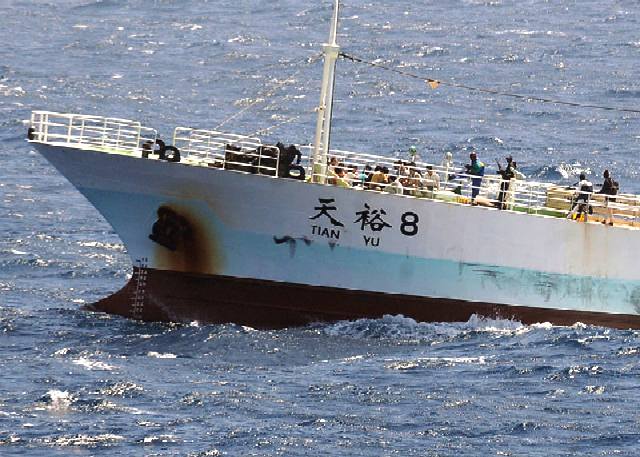
On 23 April 2009, international donors pledged over $250 million for Somalia, including $134 million to increase the African Union peacekeeping mission from 4,350 troops to 8,000 troops and $34 million for Somali security forces. Secretary-General of the United Nations Ban Ki-moon told delegates at a donors' conference sponsored by the U.N. that "Piracy is a symptom of anarchy and insecurity on the ground", and that "More security on the ground will make less piracy on the seas." Somali President Sharif Ahmed pledged at the conference that he would fight piracy and to loud applause said that "It is our duty to pursue these criminals not only on the high seas, but also on terra firma". The Somali government has not gone after pirates because pirate leaders currently have more power than the government. It has been estimated by piracy experts that in 2008 the pirates gained about $80 million through ransom payments.
On 2 May 2009, Somali pirates captured the MV Ariana with its 24 Ukrainian crew. The ship was released on 10 December 2009 after a ransom of almost $3,000,000 was paid.
On 8 November 2009, Somali pirates threatened that a kidnapped British couple, the Chandlers, would be "punished" if a German warship did not release seven
pirates. Omer, one of the pirates holding the British couple, claimed the seven men were fishermen, but a European Union Naval Force spokesman stated they were captured as they fired AK-47 assault rifles at a French fishing vessel. The Chandlers were released on 14 November 2010 after 388 days of captivity. At least two ransom payments, reportedly over GBP 500 000, had been made.
In April 2010, the Central Intelligence Agency (CIA) alluded to possible covert and overt action against the pirates. CIA officials had been publicly warning of this potential threat for months. In a Harpers Magazine article, a CIA official said, "We need to deal with this problem from the beach side, in concert with the ocean side, but we don't have an embassy in Somalia and limited, ineffective intelligence operations. We need to work in Somalia and in Lebanon, where a lot of the ransom money has changed hands. But our operations in Lebanon are a joke, and we have no presence at all in Somalia."
In early May 2010, Russian special forces retook a Russian oil tanker that had been hijacked by 11 pirates. One died in the assault, and a week later Russian military officials reported that the remainder were freed due to weaknesses in international law but died before reaching the Somali coast. Russian President Dmitry Medvedev had announced the day the ship was retaken that "We'll have to do what our forefathers did when they met the pirates" until a suitable way of prosecuting them was available.
On 11 May 2010 Somali pirates seized a Bulgarian-flagged ship in the Gulf of Aden. The Panega, with 15 Bulgarian crew members aboard, was en route from the Red Sea to India or Pakistan. This was the first such hijacking of a Bulgarian-flagged ship. On 12 May 2010, Athens announced that Somali pirates have seized a Greek vessel in the Gulf of Aden with at least 24 people on board, including two Greek citizens and some Filipinos. The vessel, sailing under the Liberian flag, was transporting iron from Ukraine to China.
On 14 January 2011, while speaking to reporters, Commodore Michiel Hijmans of the Royal Netherlands Navy stated that the use of hijacked vessels in more recent hijackings had led to increased range of pirating activities, as well as difficulty to actively thwart future events due to the use of kidnapped sailors as human shields.
On 15 January 2011 thirteen Somali pirates seized the Samho Jewelry, a Maltese-flagged chemical carrier operated by Samho Shipping, 650 km southeast of Muscat. The Republic of Korea Navy destroyer Choi Young shadowed the Samho Jewlry for several days. In the early morning of 21 January 2011, 25 ROK Navy SEALs on small boats launched from the Choi Young boarded the Samho Jewelry while the Choi Youngs Westland Super Lynx provided covering fire. Eight pirates were killed and five captured in the operation; the crew of 21 was freed with the Captain suffering a gunshot wound to the stomach.
On 28 January 2011, an Indian Coast Guard aircraft while responding to a distress call from the CMA CGM Verdi, located two skiffs attempting a piracy attack near Lakshadweep. Seeing the aircraft, the skiffs immediately aborted their piracy attempt and dashed towards the mother vessel, MV Prantalay 14 – a hijacked Thai trawler, which hurriedly hoisted the two skiffs on board and moved westward. The Indian Navy deployed the INS Cankarso which located and engaged the mothership 100 nautical miles north of the Minicoy island. 10
pirates were killed while 15 were apprehended and 20 Thai and Burmese fishermen being held aboard the ship as hostages were rescued.
Within a week of its previous success, the Indian Navy captured another hijacked Thai trawler, MV Prantalay 11 and captured 28 pirates aboard in an operation undertaken by the INS Tir purusuant to receiving information that a Greek merchant ship had been attacked by pirates on board high-speed boats, although it had managed to avoid capture. When INS Tir ordered the pirate ship to stop and be boarded for inspection, it was fired upon. The INS Tir returned fire in which 3 pirates were injured and caused the pirates to raise a white flag indicating their surrender. The INS Tir subsequently joined by CGS Samar of the Indian Coast Guard. Officials from the Indian Navy reported that a total of 52 men were apprehended, but that 24 are suspected to be Thai fishermen who were hostages of the 28 African pirates.
In late February 2011, piracy targeting smaller yachts and collecting ransom made headlines when four Americans were killed aboard their vessel, the Quest, by their captors, while a military ship shadowed them. A federal court in Norfolk, Virginia, sentenced three members of the gang that seized the yacht to life imprisonment. On 24 February 2011 a Danish family on a yacht were captured by pirates.
In March 2011, the Indian Navy intercepted a pirate mother vessel 600 nautical miles west of the Indian coast in the Arabian Sea on Monday and rescued 13 hostages. Sixty-one pirates have also been caught in the operation carried out by Navy's INS Kalpeni.
In late March 2011, Indian Navy seized 16 suspected pirates after a three-hour-long battle in the Arabian Sea, The navy also rescued 16 crew members of a hijacked Iranian ship west of the Lakshadweep Islands. The crew included 12 Iranians and four Pakistanis.
On Jan. 5 2012, an SH-60S Seahawk from the guided-missile destroyer USS Kidd, part of the USS John C. Stennis Carrier Strike Group, detected a suspected pirate skiff alongside the Iranian-flagged fishing boat, Al Molai. The master of the Al Molai sent a distress call about the same time reporting pirates were holding him captive.
A visit, board, search and seizure team from the Kidd boarded the dhow, a traditional Arabian sailing vessel, and detained 15 suspected pirates who had been holding a 13-member Iranian crew hostage for several weeks. The Al Molai had been pirated and used as a "mother ship" for pirate operations throughout the Persian Gulf, members of the Iranian vessel's crew reported.
THE
INDIAN
OCEAN COMMISSION
The
Indian
Ocean Commission (IOC) is an intergovernmental organization that was created in 1982 at Port Louis, Mauritius and institutionalized in 1984 by the Victoria Agreement in Seychelles. The IOC is composed of five African Indian Ocean nations: Comoros, Réunion (a department of France), Madagascar, Mauritius and Seychelles. Notwithstanding their different characteristics (Reunion as a French department; Mauritius and Seychelles as Middle-Income Countries whereas Comoros and Madagascar are amongst the Least-Developed Countries), the five islands share geographic proximity, historical and demographic relationships, natural resources and common development issues.
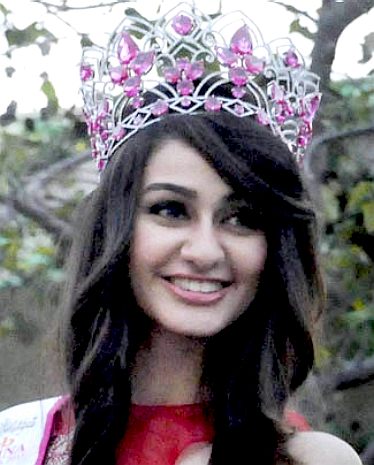
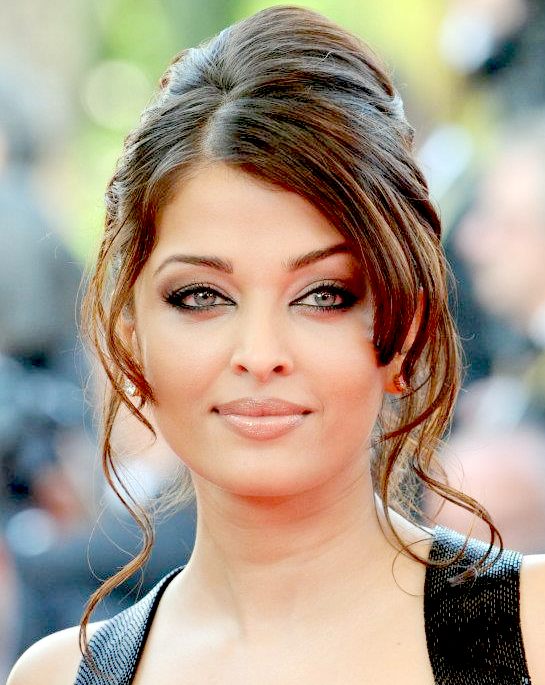
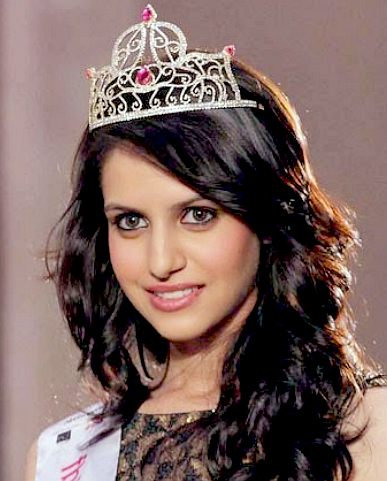
MISS
INDIA - has been participating in the Miss Universe pageant since 1952, starting with Indrani Rehman and in the Miss World pageant since 1959, starting with Fleur Ezekiel. Historically, the Femina Miss India pageant sent the winner of the pageant to the Miss Universe pageant and a runner up to Miss Asia Pacific pageant and on some occasions the 2nd runner up used to represent India at International Teen Princess contest, whereas Eve's Weekly, a rival women's publication sent the winner of its Miss India contest to Miss World and Miss International.
In the 1970s, Femina acquired the rights to send a representative to Miss World as well, and started to send the winner to Miss Universe and the runner-up to the Miss World contest. Later in 1991, Femina Miss India also acquired the rights to send India's representatives to Miss International pageant. In 1994, following India's historic dual wins at both Miss Universe and Miss World, the custom of crowning a single winner was discontinued. Instead, the top three placers were designated a winners with equal visibility, equal prizes and responsibilities, and were crowned as Femina Miss India-Universe, Femina Miss India-World, and Femina Miss India-International or on some occasions the third winner represented India at Miss Asia Pacific and was crowned as Femina Miss India-Asia Pacific and a finalist was sent to Miss International.
In 2002, the third title was changed to Femina Miss India-Earth, to designate India's representation at the newly launched Miss Earth pageant, focused on the cause of
environmental advocacy and a finalist was sent to Miss International. From 2007 to 2009, three equal winners were selected going to Miss Universe, Miss World, and Miss Earth. In 2010, Femina Miss India decided to stop sending representatives to the Miss Universe pageant entirely, choosing instead to send a crowned winner to Miss International.
MISS
INDIA
Miss India or Femina Miss India is a national beauty pageant in India that annually selects representatives to compete in
Miss World and other international pageants. It is organised by Femina, a women's magazine published by Bennett, Coleman & Co. Ltd (also known as The Times Group).
The reigning Femina Miss India winners are Aditi Arya, Aafreen Vaz and Vartika Singh.
Many such contests are now used to highlight ocean pollution issues.
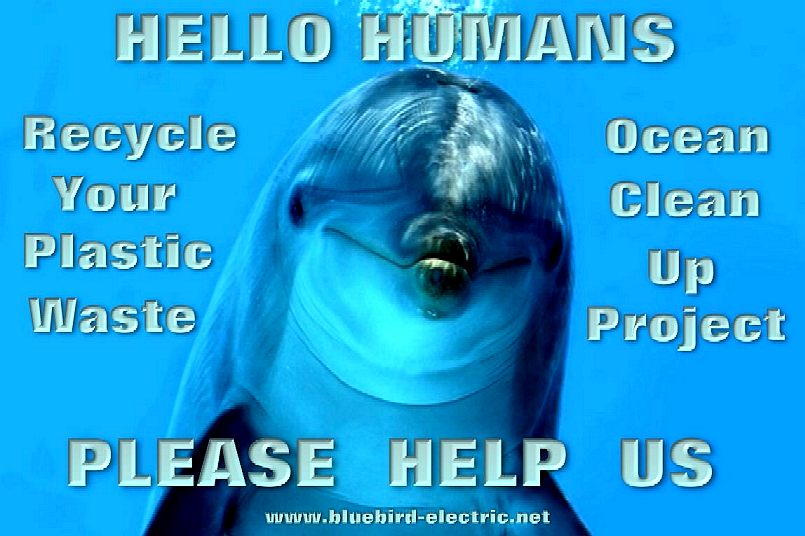
Oil
and plastic
pollution totaling some eight million tons of waste in five major ocean
gyres, is killing life in the oceans and poisoning our food chain. Dolphins,
Seals and Turtles that have been trapped by plastic bags, nets and the
like are common sights. These animals cannot clean the oceans up
themselves. They need the help of the humans that caused the problem,
turning their
habitat into a convenient 'out of sight' rubbish dump.
Adapted
Bluefish
ZCC semi-autonomous drones could clean up the oceans for us in just a
decade, if funding can be sourced to kickstart such a challenging project.
Bluebird Marine Systems are not fund raising for the proposed clean-up
project, rather leaving this to those better qualified. BMS are though
able to develop prototypes in-house to be able to prove concepts, and
arrange for subcontractors to build ocean going SeaVax
cleaners that do not add
to the carnage, because they are themselves zero emission, solar and wind
powered high performance vehicles. We are prepared to work on research projects
such as these on a not-for-profit
basis in collaboration with other agencies
and organizations.
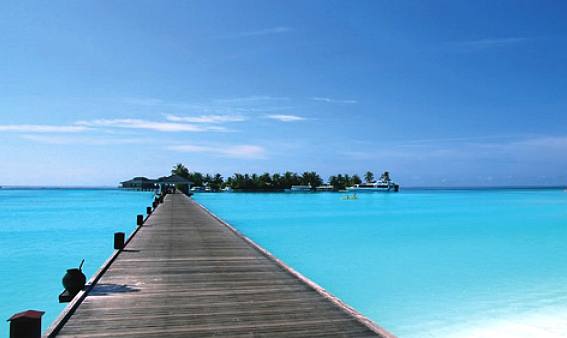
The
Indian Ocean - Paradise Island
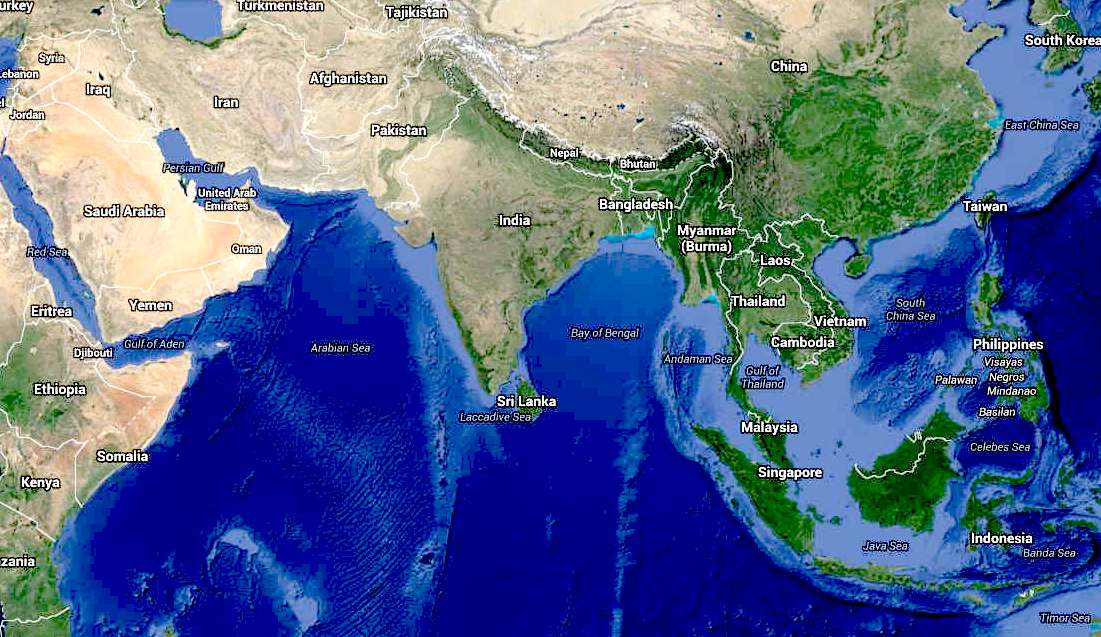
ACIDIFICATION
- ADRIATIC - AEGEAN
- ARCTIC
- ATLANTIC - BALTIC
- BAY BENGAL - BAY
BISCAY - BERING
- BLACK - CARIBBEAN - CORAL
- EAST CHINA - ENGLISH
CH -
FINLAND - GOC
- GULF GUINEA - GULF
MEXICO - GULF THAILAND - GULF
TONKIN - INDIAN -
IONIAN
- IOC
-
IRC
- IRISH
- MEDITERRANEAN - NORTH
SEA - PACIFIC - PERSIAN
GULF
SEA JAPAN
- STH
CHINA - PLASTIC
- PLANKTON - PLASTIC
OCEANS - RED - SEA -
SARGASSO
- SEA
LEVEL RISE - SOUTHERN
OCEAN - TYRRHENIAN
- UNCLOS
- UNEP
WOC
- WWF
AMAZON
- BURIGANGA - CITARUM - CONGO - CUYAHOGA
-
GANGES - IRTYSH
- JORDAN - LENA -
MANTANZA-RIACHUELO
MARILAO
- MEKONG - MISSISSIPPI - NIGER -
NILE - PARANA - PASIG - SARNO - THAMES
- YANGTZE - YAMUNA - YELLOW
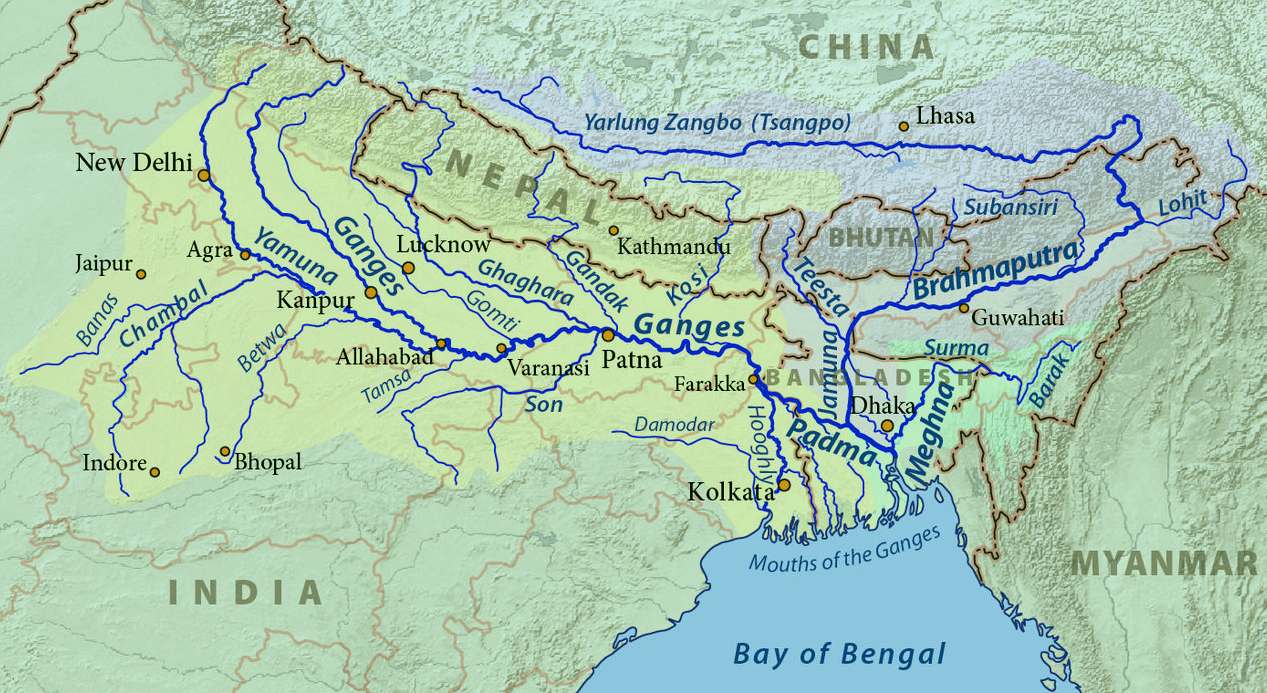
Map
of the Ganges/Brahmaputra basin, a massive complex of rivers that drain
India and Bangladesh surface water into the Bay of Bengal, unfortunately,
transporting millions of gallons of toxic waste into the Indian Ocean. Innovate
are co-hosting a call for collaborative research between India and the UK,
to include clean-tech, potentially useful for local authorities in India
looking to clean up the Ganges.
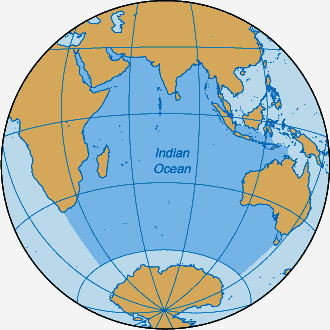
LINKS
& REFERENCE
The
Guardian
flight-mh370s-grave-may-be-deep-in-southern-indian-oceans-trenches Wikipedia
Indian_Ocean http://www.theguardian.com/world/2014/sep/29/flight-mh370s-grave-may-be-deep-in-southern-indian-oceans-trenches
http://en.wikipedia.org/wiki/Indian_Ocean
https://en.wikipedia.org/wiki/Atlantic_Ocean
http://www.enterprise-europe-scotland.com/sct/news/?newsid=4538
Wikipedia
SOLAS International_Convention_for_the_Safety_of_Life_at_Sea
http://en.wikipedia.org/wiki/International_Convention_for_the_Safety_of_Life_at_Sea
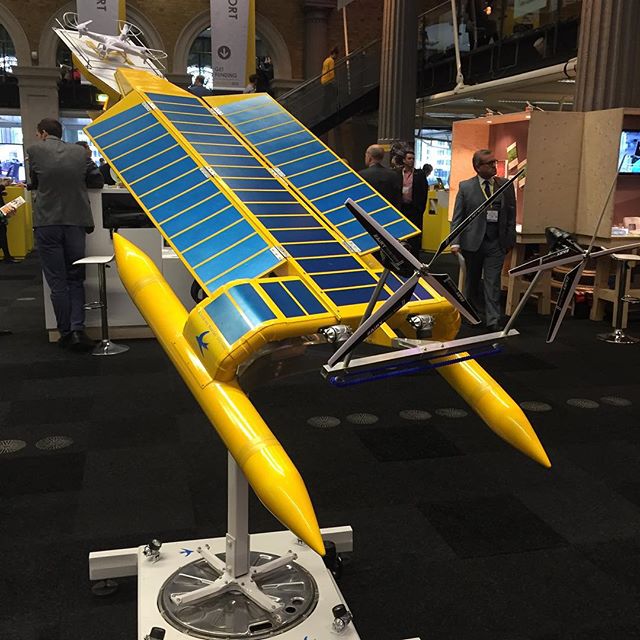
SEAVOLUTION - The
key to accurate hydrographic mapping is continuous monitoring,
for which the SeaVax platform, presently under development, is a robotic ocean workhorse. Based on a stable
trimaran configuration this design is under development in the UK for international deployment. A robot
ship uses no diesel fuel to monitor
rivers
and oceans autonomously (COLREGS
compliant) 24/7 and 365 days a year - only possible with the revolutionary (patent) energy harvesting system.
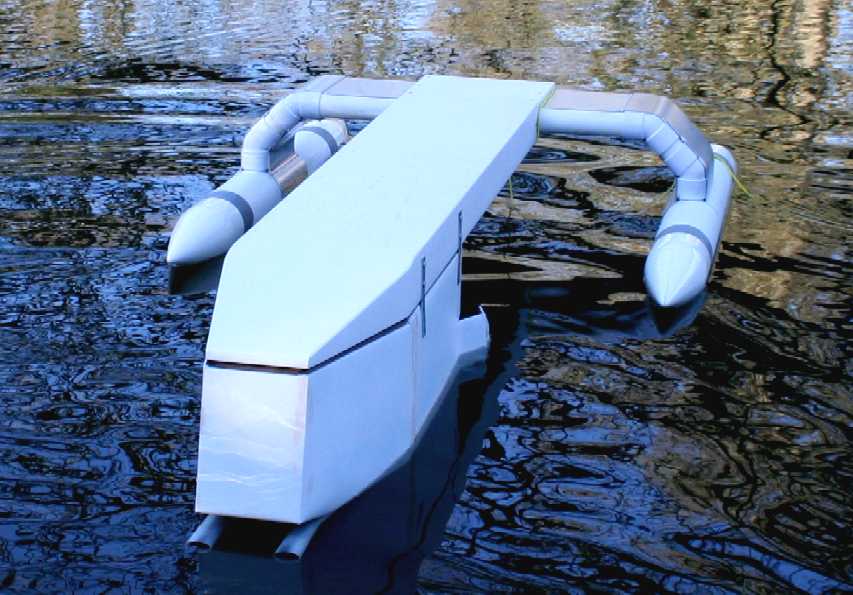
CLEANER
OCEANS - Taking the ZCC concept further, the robot boat above is a
feasibility design for cleaning up ocean plastic waste, and turning it
into MARPOL
compliant bunker
fuel. Plastic waste in the Indian Ocean is at an all time high, with studies
revealing that the at present 8 million tons rotating in 6 gyres is likely
to double in the next 10 years if nothing is done about it. Cleaner oceans
mean healthier fish. We need sustainable blue
growth to ensure the quality of food for a growing human population.
Let us know of your thoughts on this subject. Do you want to see cleaner
oceans? And how might you be able to help us bring that about?
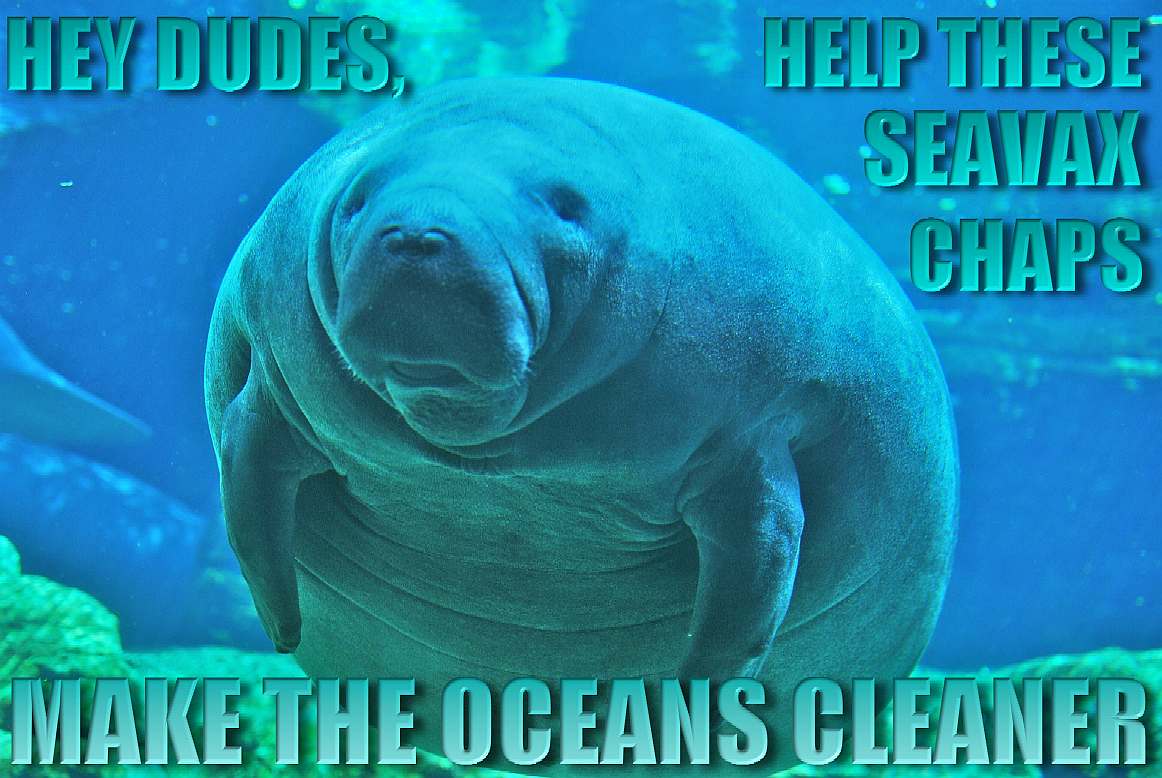
|



















